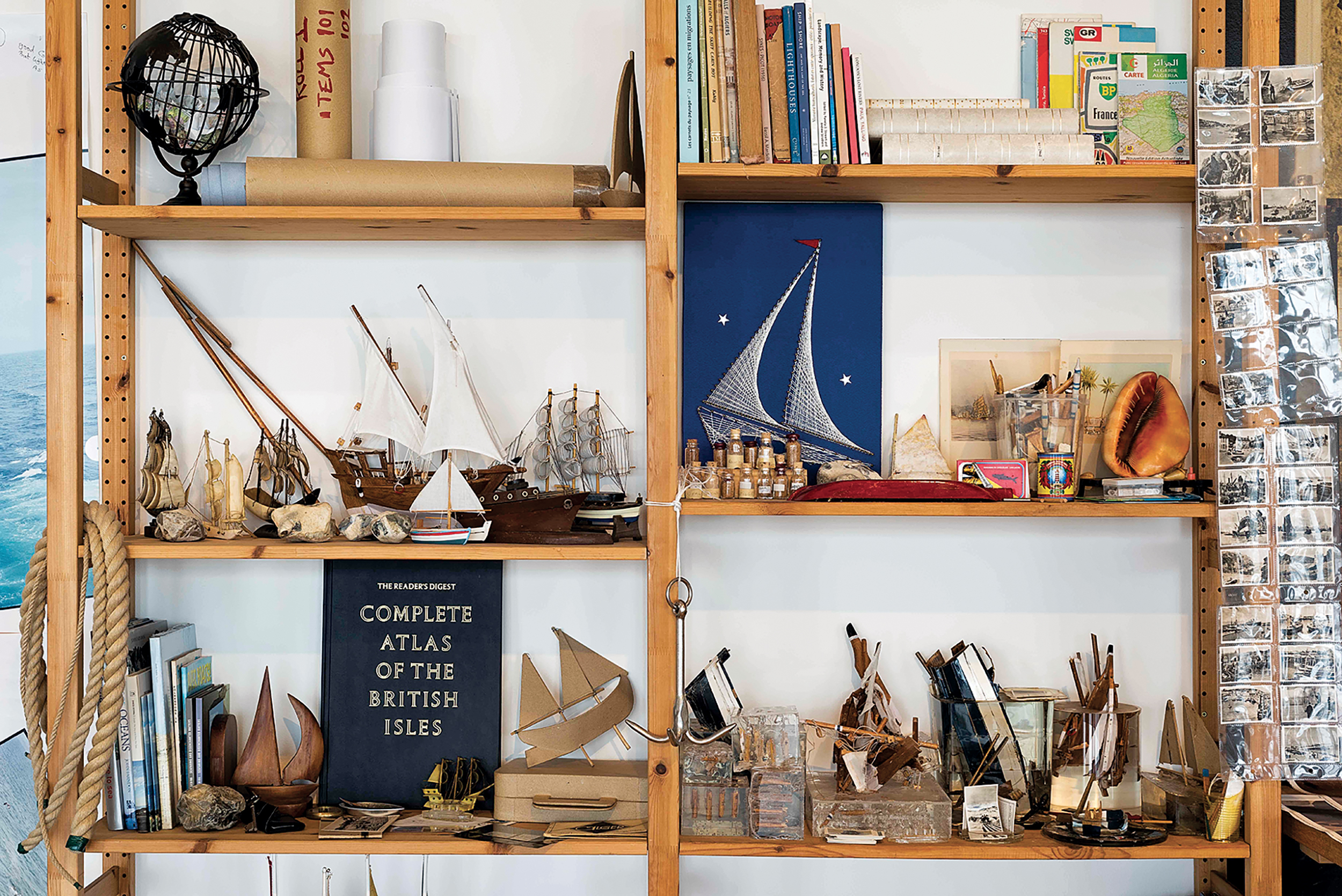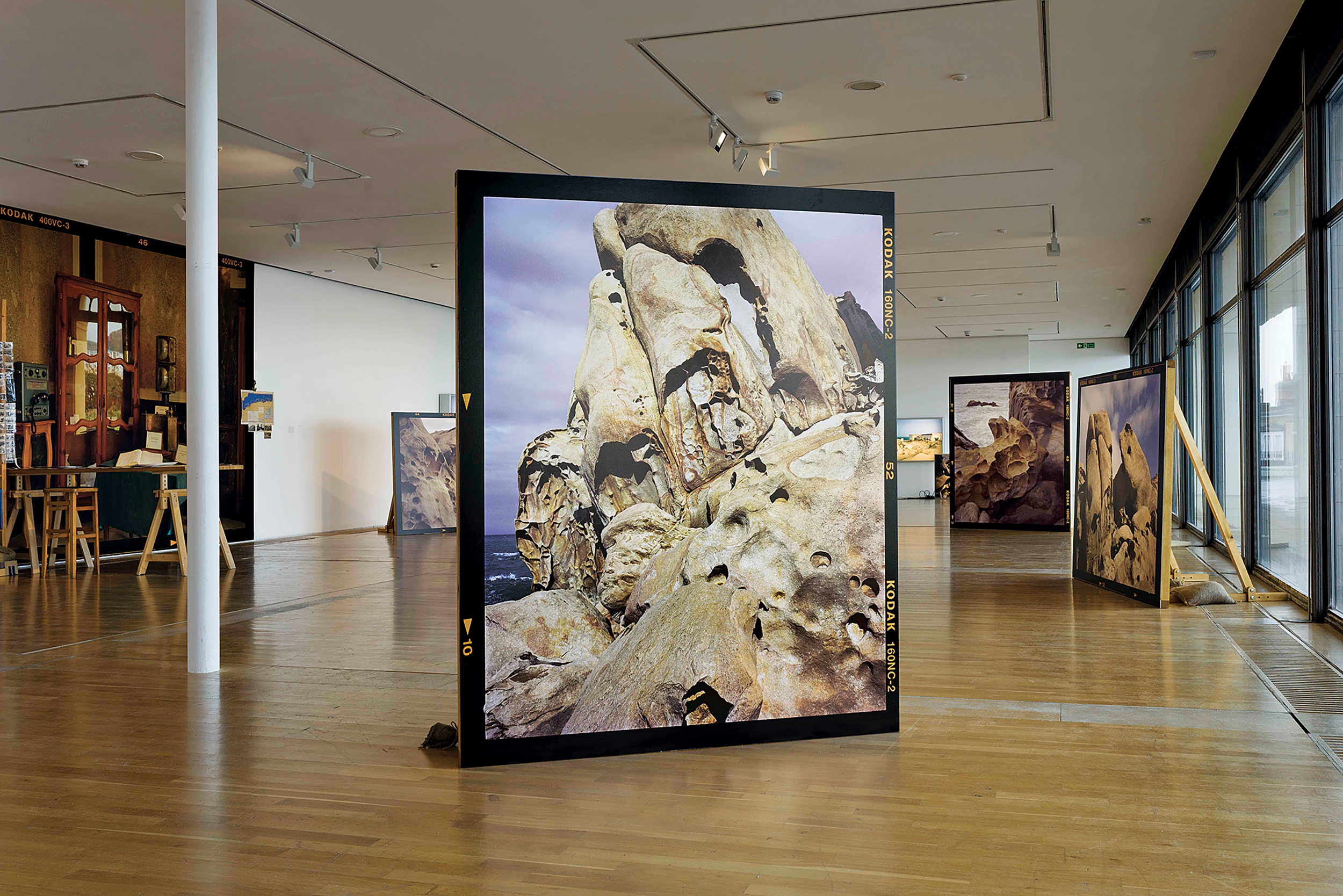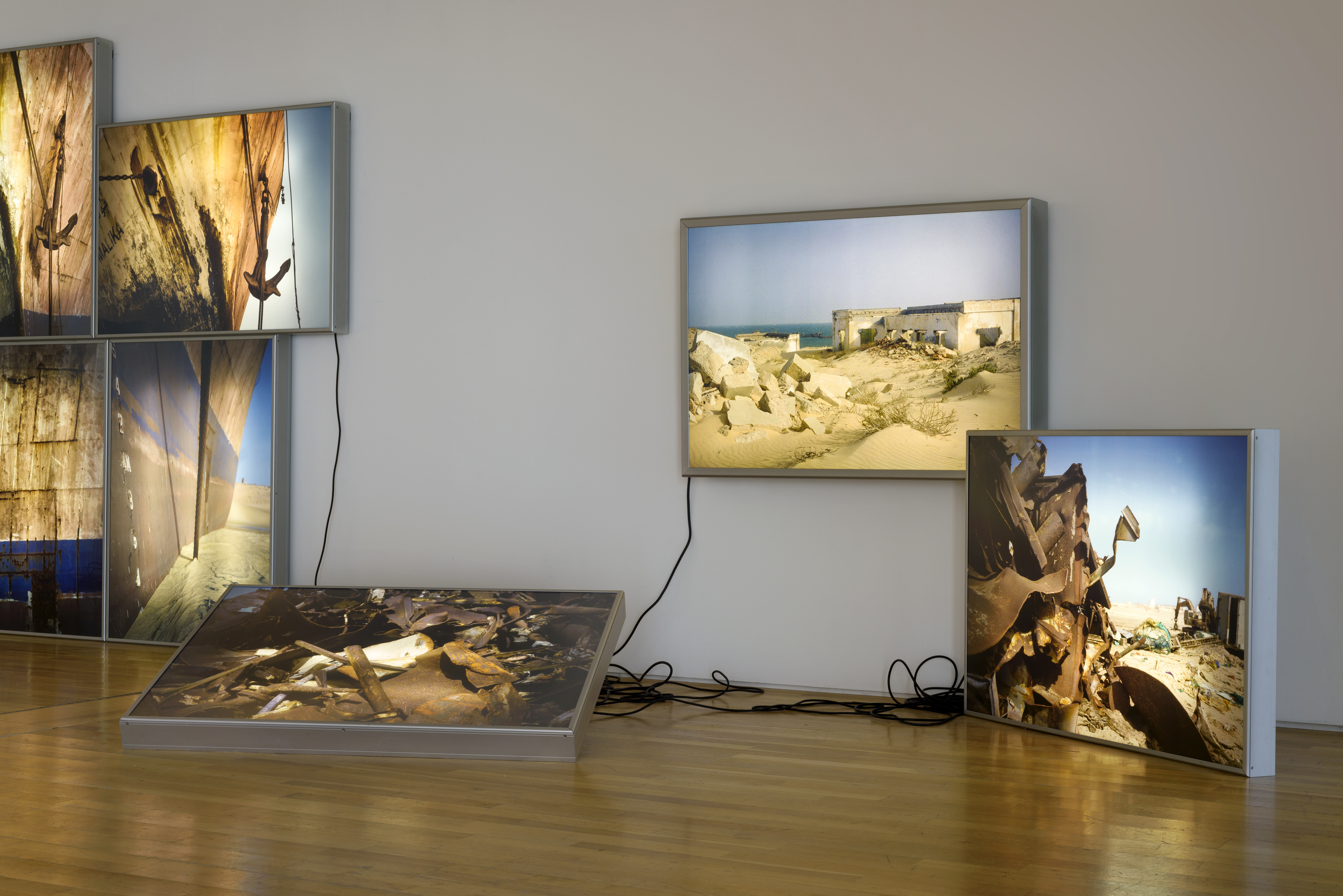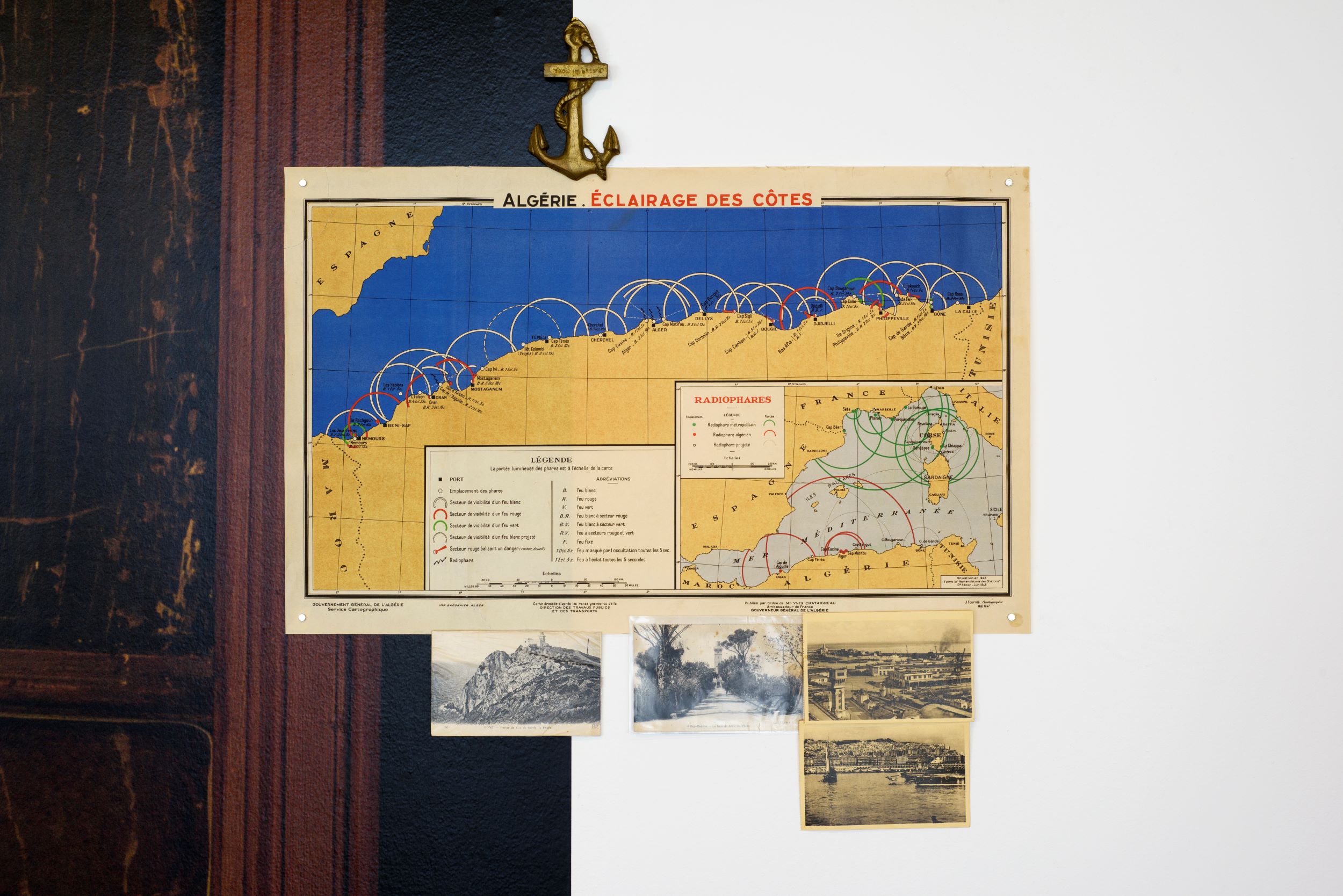From the series Sea Rocks, 2011–2022 © Zineb Sedira, courtesy of Mennour, Paris
This article first appeared in the Money+Power issue of British Journal of Photography. Sign up for an 1854 subscription to receive the magazine directly to your door.
Zineb Sedira’s ‘obsession’ with the sea manifests in a personal and political exhibition exploring its symbolism, from geopolitical issues to migration
Zineb Sedira’s latest show, Can’t You See the Sea Changing?, reflects on a decades-long interest in the sea – “an obsession” – with a renewed focus. Sedira is the child of immigrant parents who arrived in France in the 1960s, fleeing war-torn Algeria. In 1986, she travelled by boat again when she emigrated to the UK. For her, the sea – in general, but mainly the Mediterranean to which she is most connected – is loaded with symbolism; of migration, transport, trade, identity, family, death.
These themes have played a formative role in Sedira’s lived experience and cultural identity. Those who missed the first presentation at De La Warr Pavilion in Bexhill-on-Sea at the end of last year have an opportunity to see the works at Dundee Contemporary Arts until 06 August. Most of the pieces in the exhibition were created over a decade ago.
Seeing them together in this new context, however, stresses the ongoing urgency of the issues they reflect on. Works include: Shattered Carcasses and Architecture of the Forsaken (2009), where images of Mauritania, one of the world’s largest boat graveyards, are illuminated as stacked lightboxes; and Lighthouse in the Sea of Time (2011), a video installation exploring two lighthouses, built in Algeria during French rule, and their keepers – “a witness to colonisation and decolonisation,” she says.

“[The exhibition] is connected to the politics of the sea and migration. Over the last 20 years we’ve seen a rise [in migrants trying to cross the sea]. The sea is becoming redder because of the blood and the death that happens.” These journeys are increasingly perilous, yet coastal European countries debate responsibilities and even hesitate to pull dinghies full of people to shore.
“The sea has always been a geopolitical space,” says Sedira. “Terrible things happen there, yet it is also calm… There is always a binary: the beautiful side and the scary side. It’s open and cruel. It can be a barrier, depending on where you’re standing. And it’s becoming much more complex. People don’t want to deal with the problems anymore.”
Newer work is presented in the Sea Rocks series, human-sized prints of the sculptural rock, eroded and shaped by time. “I work with metaphors,” Sedira says. “For me, the work has always been very topographical. But it’s changed aesthetically, perhaps becoming more cinematic, more poetic, as opposed to before when it was more like an experimental documentary.”


“The sea has always been a geopolitical space”

Personal work
Also new is a replica of the artist’s studio, filled with memorabilia: models of boats lining wooden shelves, prints of the water, maps, rope, a small anchor. “I have so many artefacts, vintage artefacts, collected over the years, to do with the sea,” says Sedira. “It shows the process of the artist, the obsession or the passion.”
The new piece connects to Sedira’s spectacular installation, Dreams have no titles, which represented France at last year’s Venice Biennale, where she restaged her Brixton living room as part of a film-set installation. The recreation of this personal space is Sedira’s most direct way of inserting herself into the show, but ultimately the whole exhibition is autobiographical. Each series is presented in a distinct way, illustrating the full breadth of Sedira’s exploration of the potential of the photographic image. Her interrogation of the theme is ongoing, and as the sea and its meaning shift, so her work will continue.
Zineb Sedira, Can’t You See the Sea Changing? is at Dundee Contemporary Arts until 6 August

